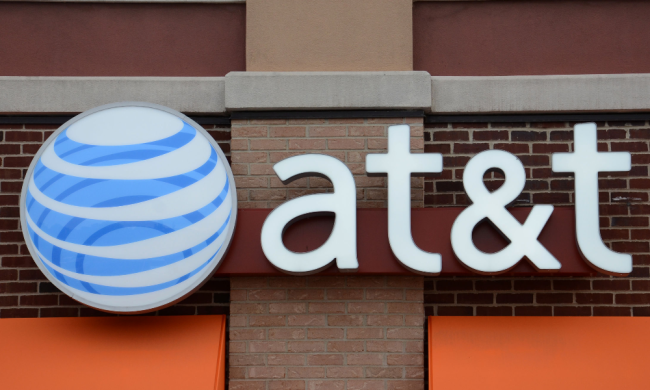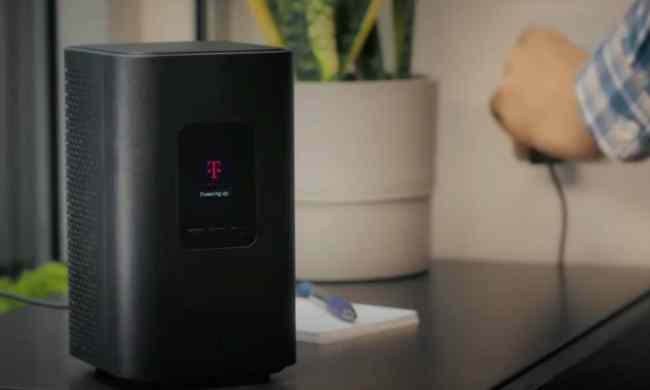Twitter is taking a stand against the spread of conspiracy theories linking 5G and coronavirus, announcing Wednesday that it will remove any “unverified claims” that could lead to damage or destruction to 5G infrastructure.
“We have broadened our guidance on unverified claims that incite people to engage in harmful activity, could lead to the destruction or damage of critical 5G infrastructure, or could lead to widespread panic, social unrest, or large-scale disorder,” said the company in a tweet.
Baseless conspiracy theories linking coronavirus and 5G first sprung up a few months ago, suggesting that the new tech was being used to spread the virus. Since then, a slightly tamer theory also emerged, suggesting that 5G radio waves could weaken the immune system — and thus aid in the spread of the virus.
Of course, the fact is that neither of these theories have any merit to them. There is no evidence suggesting there’s any relationship between 5G radio waves and the spread of coronavirus — and in fact, despite plenty of testing, there’s no evidence to suggest that 5G has any adverse effects on human health.
The spread of misinformation is bad enough — but the emergence of the theories has actually led to some individuals burning down radio towers in the United Kingdom, according to CNBC. That’s a pretty huge problem, especially considering the fact that in a world where everyone is working from home, many of us rely on a decent internet connection to work and stay connected with the rest of the world.
It’s important to note that Twitter is specifically removing tweets that incite some sort of damage or danger — not necessarily all tweets that spread the false conspiracy theories.
“We will not take enforcement action on every tweet that contains incomplete or disputed information about COVID-19,” said the company in a statement to TechCrunch.
It’s important to note that 5G-related conspiracy theories aren’t just limited to coronavirus. The most common theories have to do with 5G causing harm to human health, but there are also theories suggesting that the new tech caused the death of a flock of hundreds of birds, and that it can even be used to control the weather. Hopefully, Twitter’s moves will help minimize the dangers that can come from the spread of misinformation.



